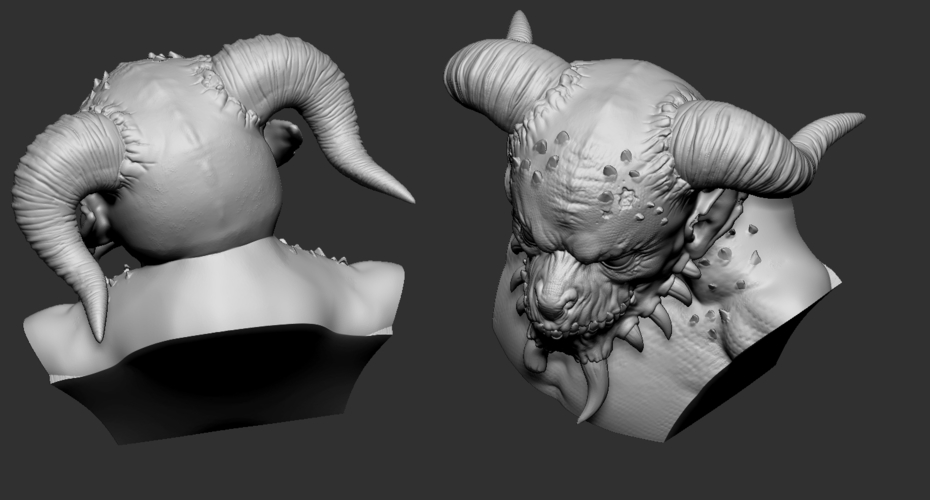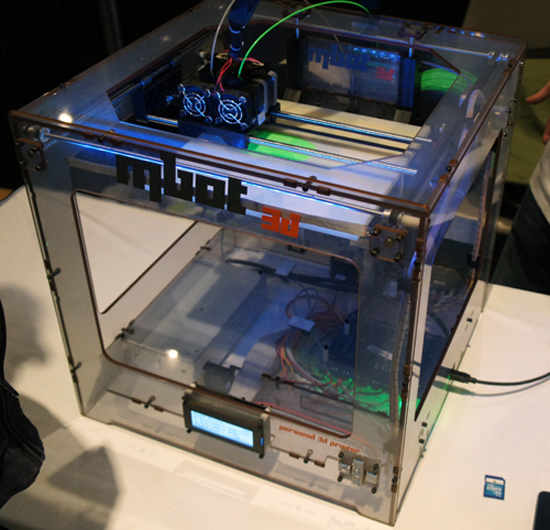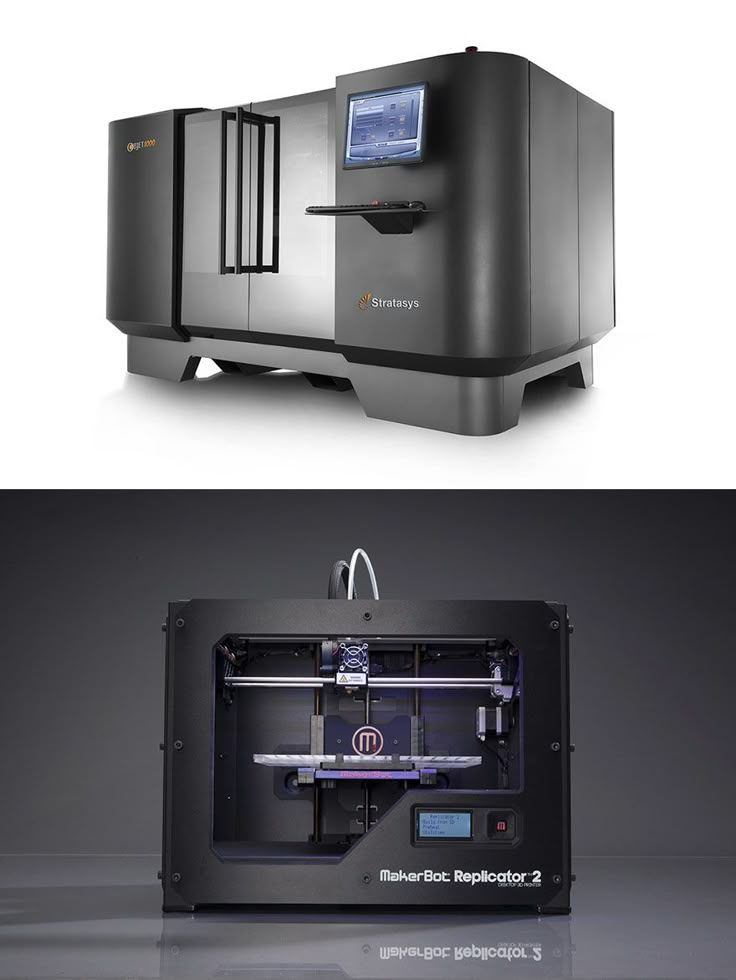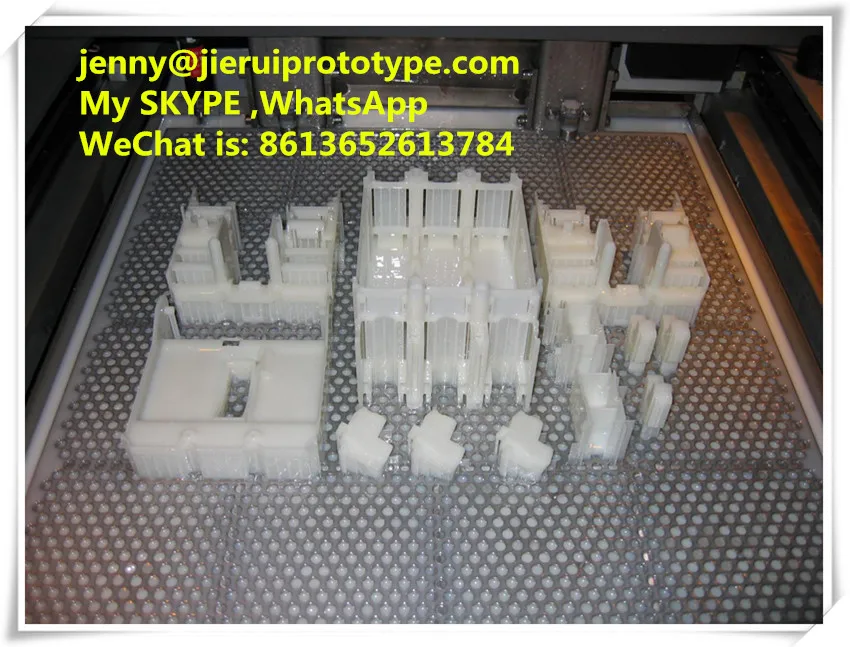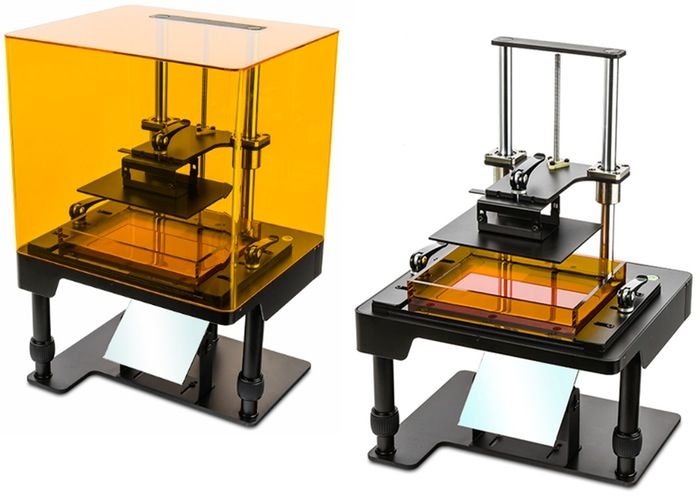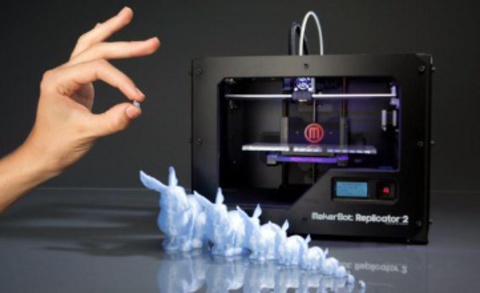Vr sculpting to 3d prints
Best Tools For VR Painting, Sculpting and 3D Modeling
Virtual reality has, for the most part, been associated with gaming and education. However, digital technologies, such as VR, are experiencing transformative uses in art and design. VR devices are fast becoming a creativity tool that we can use to create 3D art, from sculpting to painting and animation. Imagine having an idea, picking up your virtual sketchbook and seeing your thoughts come to life, straight from your mind into a 3D canvas. Not only that, but VR technology allows you to think big, we mean really BIG.
You can create at whatever scale you want and navigate your virtual environment however you want, like walking around or through your designs. Whether what you're looking for is painting, modeling, sculpting or animating, there's plenty of software for creating art in VR, which makes knowing where to get started quite the challenge. That's why we put this list together.
Without further delay, and in no particular order, here are the best VR art-making applications you might consider downloading.
Gravity Sketch
Available on: Quest, Oculus PC, SteamVR
Ideal for: Sketching, 3D Modeling
Gravity Sketch is a communication tool for cross-disciplinary teams that allows multiple users to work on the same 3D model across different devices, environments and geographical locations. This enables the easy creation of 3D projects. Gravity Sketch is particularly useful for large scale projects that require co-creation, prototyping, detailed 3D modeling and a heavy design workload. It also enables users to upload traditional CAD models. Teams can annotate within the VR workspace, share ideas in 3D and review plans at a one-to-one scale. Gravity Sketch can help create a wide variety of virtual assets, including shoes, glasses and cars.
From the developer: Express your ideas in real-time, at any scale, from concept sketches through to detailed 3D models. Create using a wide variety of digital tools in Virtual Reality and supporting tablet applications. View and manage your designs on your desktop using the LandingPad cloud platform, and integrate Gravity Sketch within your end-to-end workflow.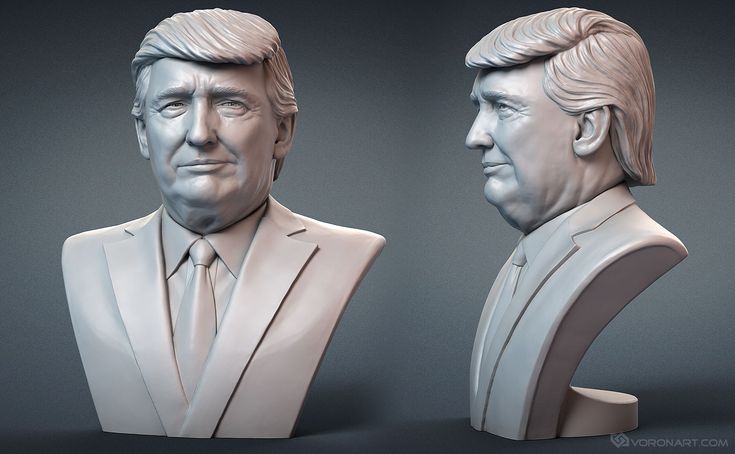
Tilt Brush
Available on: Quest, Oculus PC, SteamVR
Ideal for: Illustration
This Google software takes the experience of painting in three dimensional environments to a new level. Users can make creations do virtually anything, excepting touching: walk around, walk through, have a peak and more. Tilt Brush includes multiplayer support and an open-source toolkit that allows users to export Tilt Brush drawings for use in animation. This is an incredible tool for professionals like artists, fashion designers or architects, who can walk around their virtual creations. in real-time. In fact, you might be interested in checking out Google's Tilt Brush artists-in-residence program to see some of the art created by some of the world's best artists. Earlier this year, Google axed development of the app, but it remains live as an open-source project.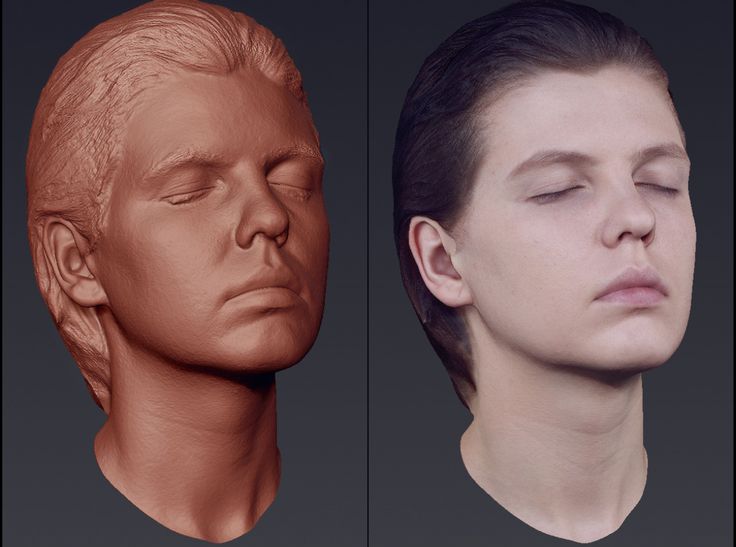
From the developer: Tilt Brush lets you paint in 3D space with virtual reality. Unleash your creativity with three-dimensional brush strokes, stars, light, and even fire. Your room is your canvas. Your palette is your imagination. The possibilities are endless.
Medium
Available on: Oculus PC
Ideal for: 3D Sculpting
If you're looking for a tool to mode, sculpt and paint in an immersive virtual environment, then this is the right choice for you. Medium is a creative virtual reality tool that helps you craft high-end 3D models like spaces, characters, artwork and design assets with complete freedom. Users can benefit from using pre-created assets to aid in production, such as shapes, anatomy parts and fonts. A great feature of Oculus is the ability to reshape models on the fly without remeshing, make multiple copies, quickly change tools, and instantly undo actions.
From the developer: VR is a revolution in 3D asset creation and Medium by Adobe is the premiere VR creative tool. Sculpt and model in an immersive environment. Whether you're a total beginner, aspiring creative, or professional artist, quickly and easily create 3D objects and expressive works of art. Kitbash hardsurface models with over 300 stamps plus snapping and constraint features. Export your asset as an OBJ or FBX. 3D print your model, use it in your favorite game engine, or bring it into another program for special rendering, compositing, and painting work.
Painting VR
Available on: Quest, Quest 2
Ideal for: Illustration
This popular painting simulator mixes the experience of real-life painting with the unlimited opportunities for creativity enabled by virtual reality environments. With Painting VR, Users can mix unlimited amounts of fresh paint while creating on realistic canvases.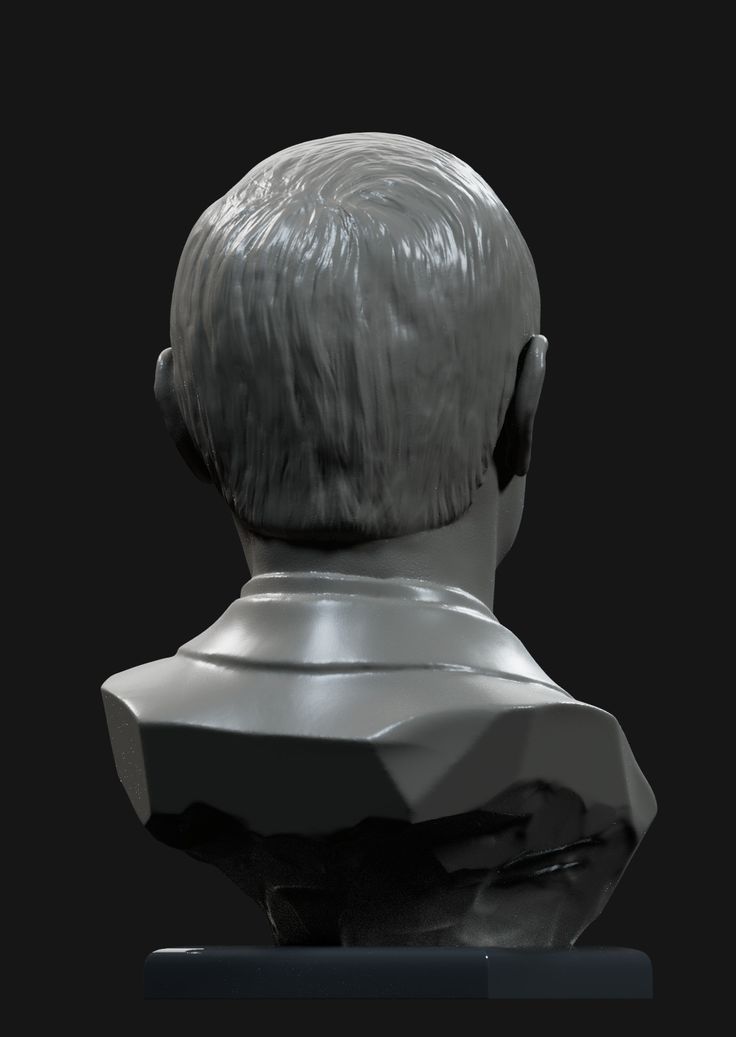 Just like you would expect in real-life, brushes are realistic enough to feel authentic to the touch and users can experiment with colors and compositions to unleash their creativity.
Just like you would expect in real-life, brushes are realistic enough to feel authentic to the touch and users can experiment with colors and compositions to unleash their creativity.
From the developer: Painting in virtual reality is easy: mix your colors, dip your brush in and start painting. The experience is very hands-on, easy to understand, and aimed at all ages. Play around and feel the relaxing satisfaction of putting unlimited amounts of fresh paint on a huge canvas. Teach yourself the basics of colors, the painting process and composition. Sharpen your skills by experimenting with the tools and techniques at hand, and become part of a new wave of digital artists. All without having to bother about cleaning up afterward.
Unbound Alpha
Available on: SteamVR, Oculus Rift, HTC Vive
Ideal for: Sculpting
This is another tool that seizes on the strength of collaboration in the world of VR artistic expression.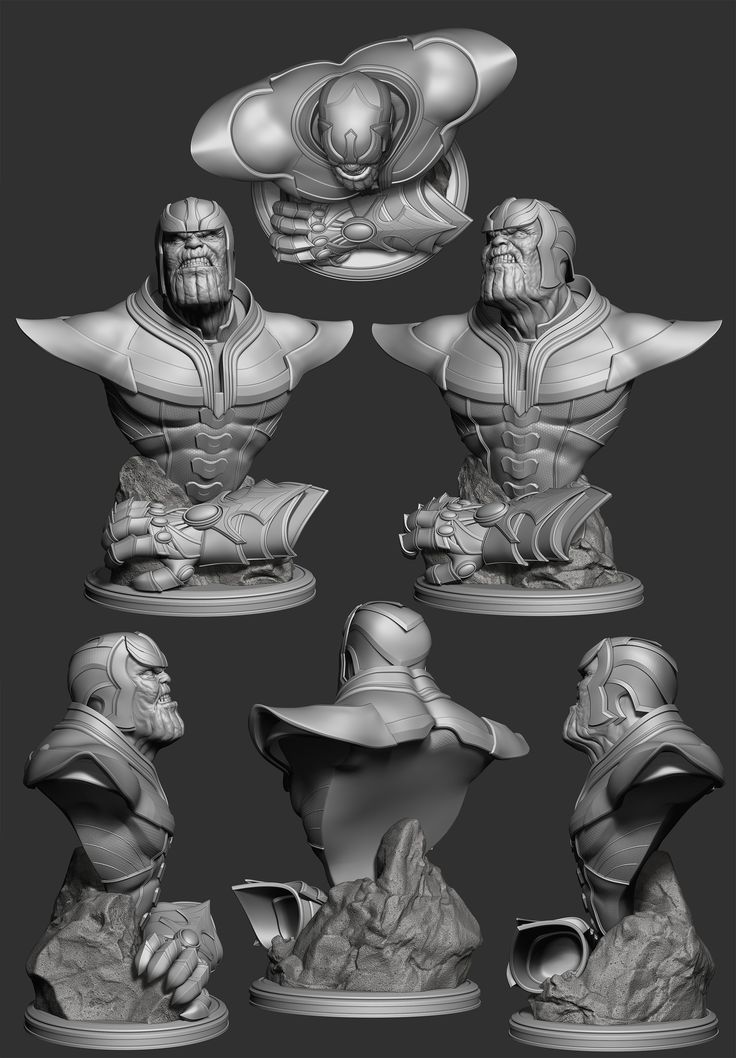 Unbound Alpha was developed by HTC Vive and allows teams to work on the same project without the hassle of sharing assets or discussing ideas outside the platform. It's a great option for those looking to bring virtual assets to life in a quick and efficient way, without a lot of technological holdups. Teams can present ideas amongst themselves, to clients and stakeholders in 360º virtual meeting spaces. Projects can be exported for 3D printing and there's also have a compatibility feature for OBJ.
Unbound Alpha was developed by HTC Vive and allows teams to work on the same project without the hassle of sharing assets or discussing ideas outside the platform. It's a great option for those looking to bring virtual assets to life in a quick and efficient way, without a lot of technological holdups. Teams can present ideas amongst themselves, to clients and stakeholders in 360º virtual meeting spaces. Projects can be exported for 3D printing and there's also have a compatibility feature for OBJ.
From the developer: Meet Less, Collaborate More. Design new products live with your entire team inside an immersive space. Now everyone can contribute.
Quill
Available on: Oculus Store (PC)
Ideal for: Illustration, Animation
Facebook's Quill is a quick tool for 3D illustration and animation that enables the creation of immersive storytelling.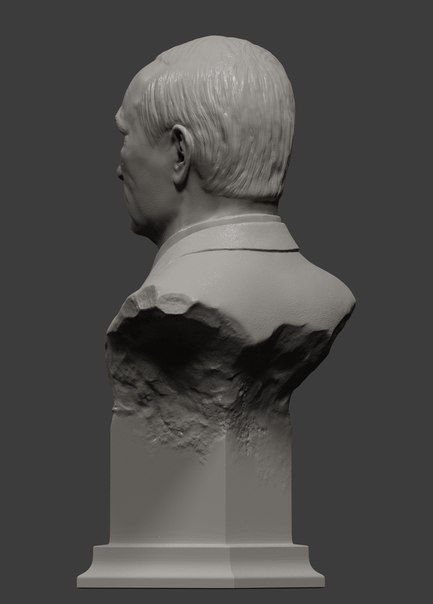 Projects can be completed from initial sketch to the final product, all entirely in VR, with the help of an all-in-one timeline that helps keep storylines neat. It's an ideal tool to pre-visualize projects, create design concepts and develop short animated features. Quill features a wide array of creative animation tools, including watercolor style, pencil and oil painting options. For a quick and easy introduction to Quill, make sure to check their many instructional videos.
Projects can be completed from initial sketch to the final product, all entirely in VR, with the help of an all-in-one timeline that helps keep storylines neat. It's an ideal tool to pre-visualize projects, create design concepts and develop short animated features. Quill features a wide array of creative animation tools, including watercolor style, pencil and oil painting options. For a quick and easy introduction to Quill, make sure to check their many instructional videos.
From the developer: Quill is the VR illustration and animation tool built to empower artists and creators, whether to create final art or as a production tool for concept creation aid. Quill allows users to paint and animate in virtual reality on an infinitely scalable canvas with rich colors and intuitive tools. Quill is designed to be expressive, precise and to let the artist’s “hand” come through clearly, whether that’s a watercolor style, pencil style, oil painting style or other.
SculptrVR
Available on: Quest, Oculus PC, SteamVR, PSVR
Ideal for: 3D sculpting, Modeling
As the name indicates, this is an app directed mainly at sculpting. SculptrVR provides a range of tools that enables users to create shapes, carve out details and paint them. It also includes some more entertaining features like blowing up your sculpture. Sculpting is, of course, an art on touching what's being created. But SculptrVR is a great virtual reality creation tool that can help bring a different layer of creativity into this form of art.
From the developer: Create sprawling, brilliant worlds and explore them with your friends! Invite your friends to an online game, then race to the finish with hang-gliders, or switch to climbing mode for even more fun. Discover thousands of amazing creations in the interactive gallery then remix them however you want! When you're happy with your creation, you can upload to the SculptrVR content gallery and let others see the incredible things you've made.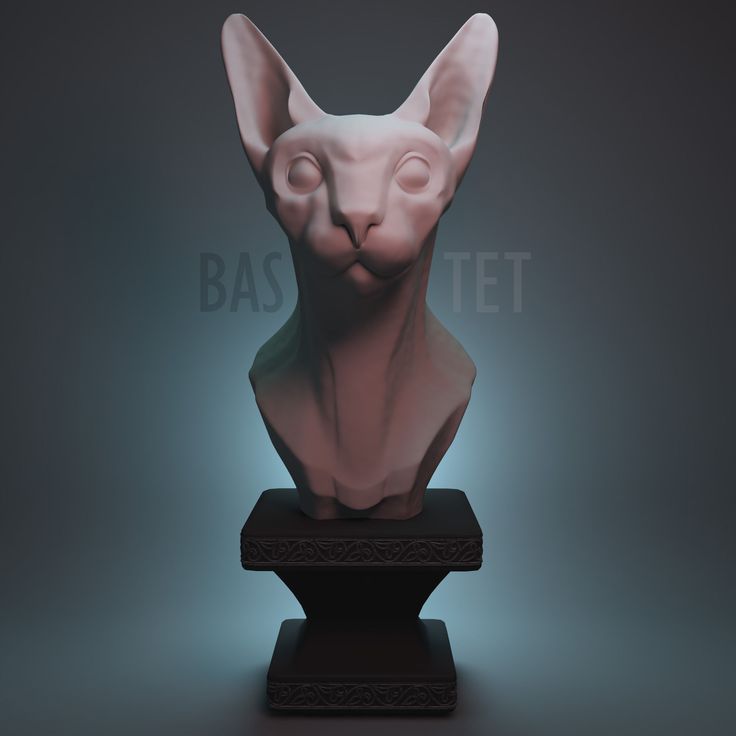
AnimVr
Available on: Steam, Oculus Store (PC), Viveport
Ideal for: Illustration, Animation
This app enables users to draw and animate in VR, based on tools used in traditional animation like frames, onionskin, multiple timelines, and more. Other key pros of AnimVr include timeline features, important and export functions and compatibility with Quill.
From the developer: Hand-drawn animation in VR combines the best parts of traditional animation with the advantages of digital content creation tools. Jump right into storytelling, without worrying about topology, rigging or skinning. Create environment layouts, 3D storyboards, animatics and whole experiences! According to industry animators, drawing 3D storyboards in VR is just as fast as the traditional 2D workflow, but it gives you the freedom to move the camera anywhere you want.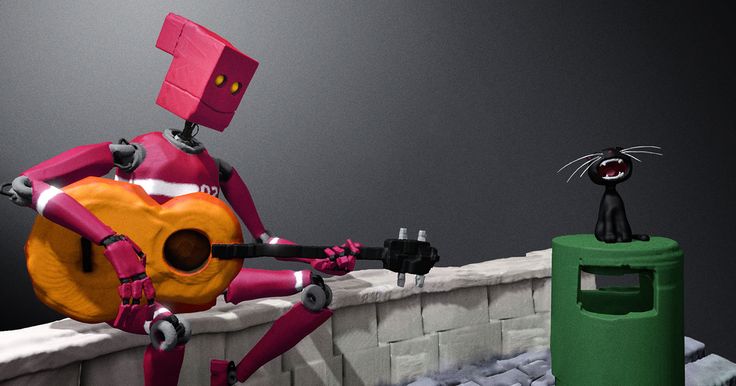
Masterpiece Studio
Available on: Oculus Store (PC), SteamVR, Viveport
Ideal for: 3D Sculpting, Rigging
Masterpiece Studio is a suite of 3D tools across two products: Masterpiece Creator and Masterpiece Motion. Creator lets artists tap into virtual sculpting possibilities, combining traditional 3D creation abilities with volume sculpting and brush painting. Masterpiece Motion is a tool geared towards modeling and animation.
From the developer: The first fully immersive 3D creation pipeline ever. A suite of professional, intuitive, and easy-to-use immersive tools. Make high-fidelity 3D models and animations intuitively and easily. We remove technical barriers to make it easy to create 3D content from concept to animation. We harness the power of virtual reality and machine learning to let any creative professional easily adapt their 2D skills into 3D.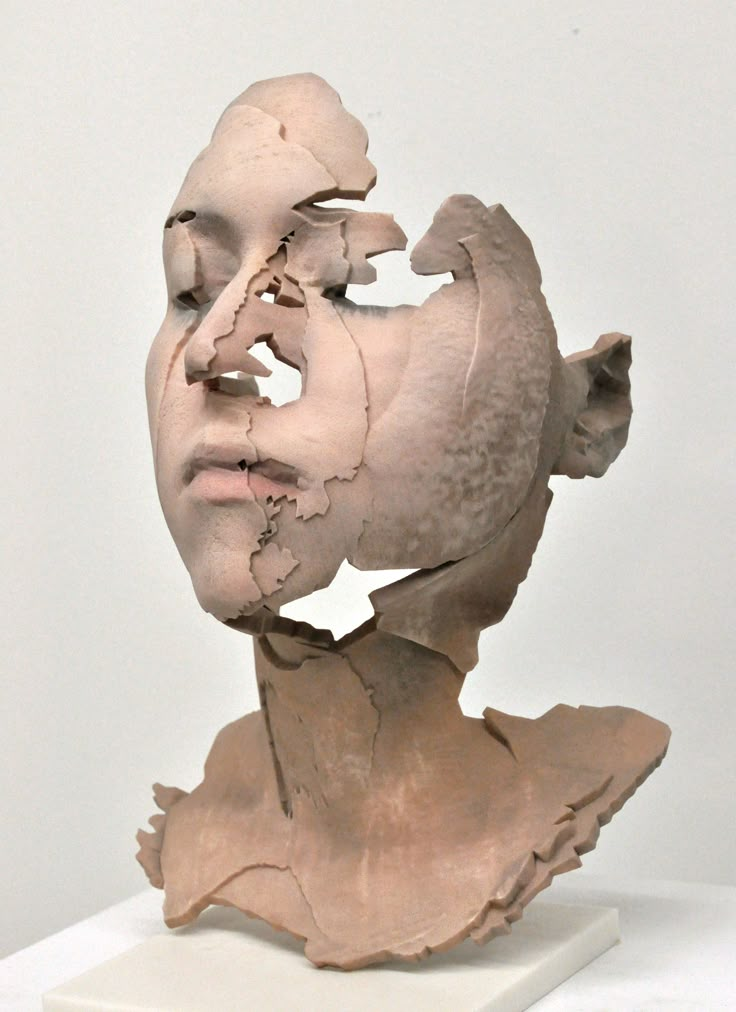
Tvori
Available on: Oculus PC, SteamVR
Ideal for: Modeling, Animation
Tvori is a program directed at those who plan to create animated stories in VR. Users can delve into animation, scene creation, rigging and character creation. There are also extensive lighting and effects features, and users can record scenes using Tvori's built in camera. Moreover, it's easy to export and transfer models to and from other 3D applications.
From the developer: Create story prototypes such as animatics & previs, prototype XR apps, and make complete animated films. Prior knowledge of 3D content creation is not required to get started creating in Tvori. It’s easy to learn as you go! Use a library of simple shapes, props, and effects. You can also import 3D models, images, videos, and sounds. Export your work as videos, 360 videos, photos, 360 photos, VR experiences, and 3D models with animations.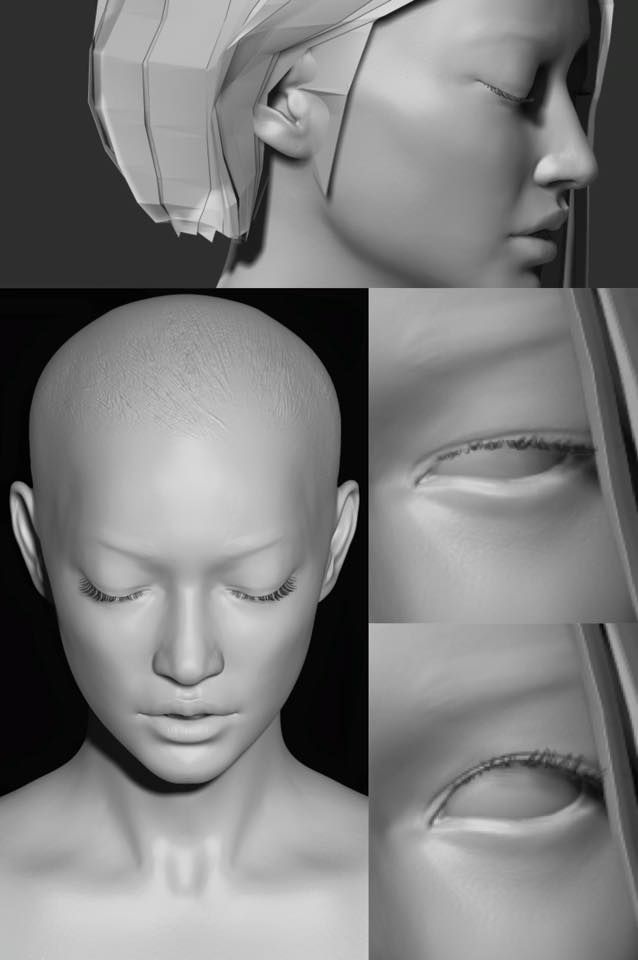
Final thoughts and considerations
One aspect to keep in mind when choosing a VR art-making application is the type of VR hardware you have (most of the apps we mentioned require headsets featuring six degrees of freedom). Not only that, but you might have to take a look at your computer as these types of applications also require VR-ready PCs. If this isn't an issue for you, then the good news is that even though there are great VR tools already available for artists or aspiring artists, the technology is still in its infancy.
Better and more technically advanced art-making tools are only bound to appear in the coming years. And with that, artists will have new ways of expressing themselves and creating unimaginable forms of art.
Rachel Breia
Senior Content Manager
Sensorium Corporation
Blocks: From 3D modeling in VR to 3D printing
Join Thomas for Creative Warriorship, a 2-day workshop in the heart of New York's Hudson Valley.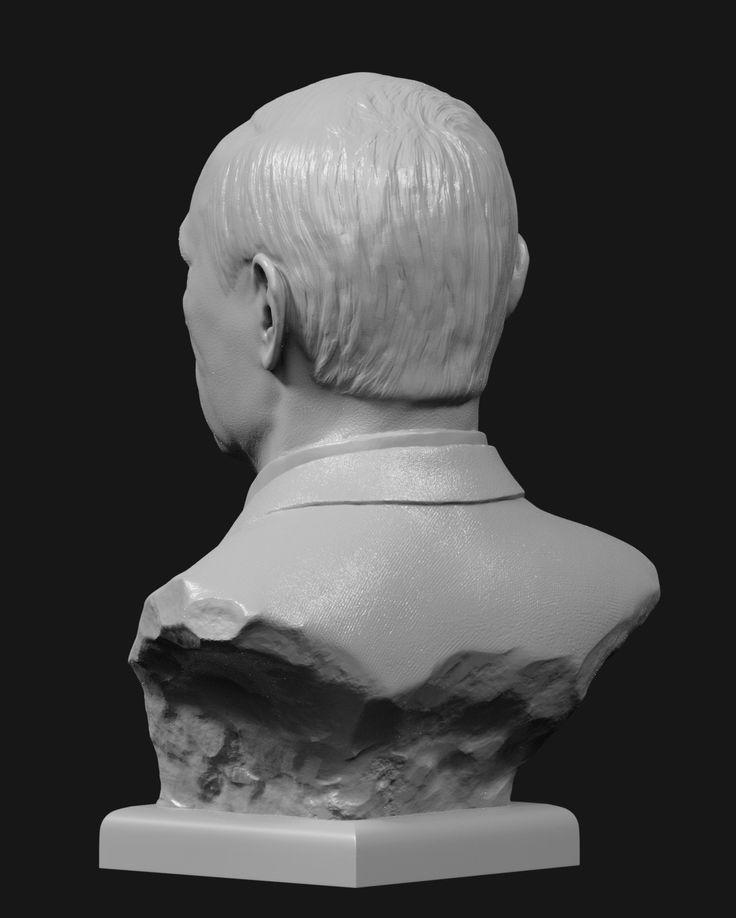 LEARN MORE
LEARN MORE
1
SHARE
Last month I took a VR story production workshop hosted by Wyatt Roy at Empowlabs (a cool digital XR makerspace in Boston). Wyatt drew from the history of film to show us what worked and what didn’t in VR.
He shared the workflow he used for Whisper Mountain: building elements in Blocks for use in Unity. It hadn’t occurred to me that VR could be used as a place to build VR assets. Brilliant. I was already playing with Blocks but I now had a new reason to spend more time with it.
What is Blocks?
Blocks is a modeling application offered by Google AR & VR and available on Vive and Rift.
The tool palette is very simple compared to Tilt Brush (another fantastic Google application) and the output is intentionally low poly. A great thing about Blocks is also the ability to publish models on Google Poly and to export them from there. So could I build a model in Blocks and 3D print it?
Exporting the Blocks model
I spent about 5 minutes in Blocks to create a model that wouldn’t be too challenging to print, yet interesting to hold in real life.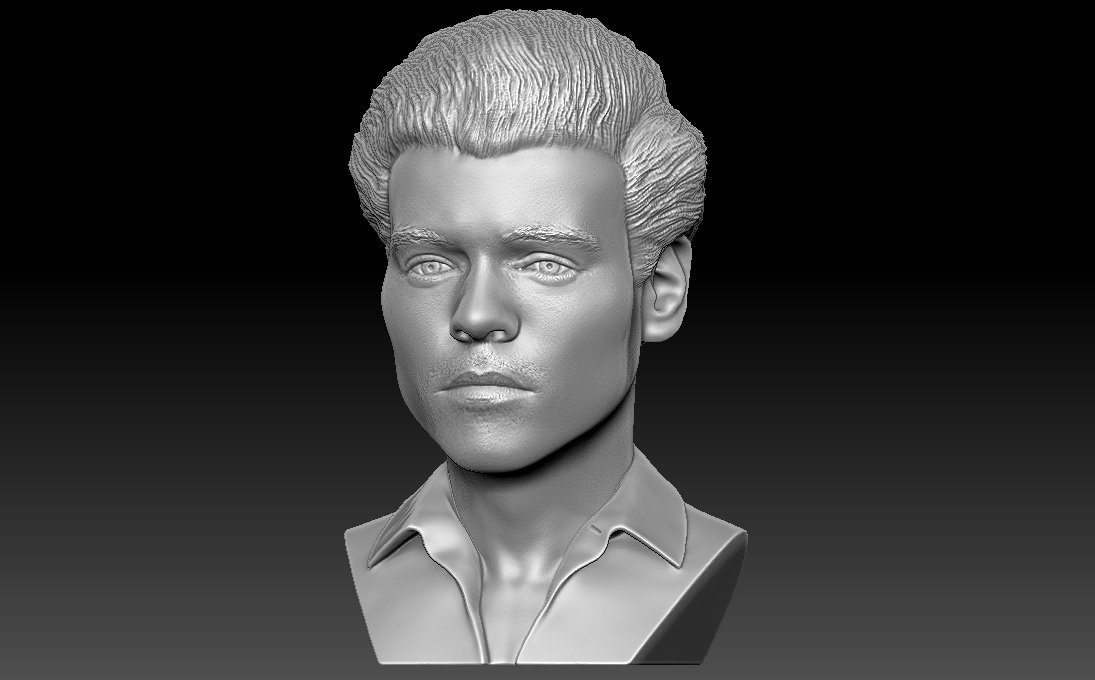 I was imagining something about as big as a chess piece. I ended up with this:
I was imagining something about as big as a chess piece. I ended up with this:
Model from Blocks VR by Thomas Deneuville on Sketchfab
Neat.
As of today, Blocks offers the following export formats:
- OBJ
- FBX
- glTF
- triangulated OBJ
- USDZ
The Makerspace at Cornell accepts OBJ or STL so I went with OBJ. I have no idea what USDZ is, I need to look into that.
What it looks like
The result was satisfying. The surfaces were a bit ribbed but that’s because I was going for a quick prototype (it took about 40 min to print the 40 mm tall piece). It was exciting to see the shape that existed only in VR a couple of hours ago.
Final 3D printed model.Things to improve
Overall, I’m very satisfied with this process. A few things that could be better:
- My model was not laying flat and that had to be corrected in the printing software. It wasn’t a big deal but it means that I need to look more into snapping objects to the grid in Blocks.
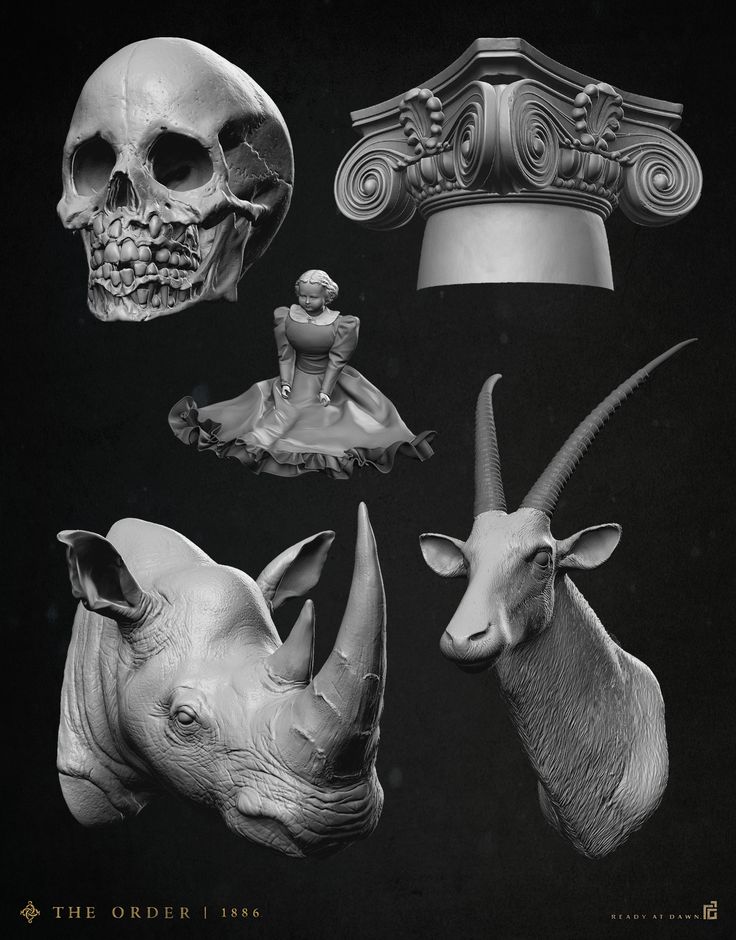
- I haven’t found a way to get a sense of scale/dimensions in Blocks. I had to import the model to Fusion 360 to scale it up to the desired height. It can also be done when preparing the file for printing.
- I’ll try to print at a higher definition to see if I can achieve smoother surfaces. I might also import the model in Fusion 360 to finish sculpting it.
Posted in Learning, Project, XR and tagged 3D, Fusion 360, modelling, printing, VR
← Capacitive touch experiment: Triggering samples with fruitKristin Gutekunst on VR for good →
About Thomas Deneuville
Thomas is a creativity coach and mindfulness meditation teacher. Originally from France, he lives in Upstate, NY, with his family and a couple of bagpipes.
View all posts by Thomas Deneuville →
Creativity in your inbox, twice a month
Make Stuff, my newsletter, is packed with articles, resources, and advice for all creators.
Your email address
Please enter a valid email address.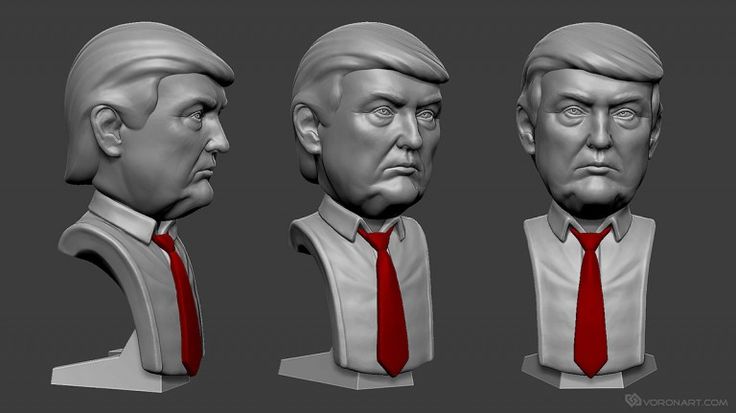
SUBSCRIBE
Thanks for subscribing! Please check your email for further instructions.
Something went wrong. Please check your entries and try again.
Services
© 2017-2022, Thomas Deneuville.
Thomas on Twitter Thomas on Instagram Thomas on Facebook Thomas on Pinterest Thomas on Goodreads
The 7 Best Tools for Painting, 3D Modeling and Sculpting in VR
Digital Arts reviews the latest VR drawing and modeling tools on the market, including the latest update for Oculus Medium and new apps like gravity sketch.
Although interest in VR as a place to play and experience has waned over the past year, there is still a lot of interest in it as a medium for creativity.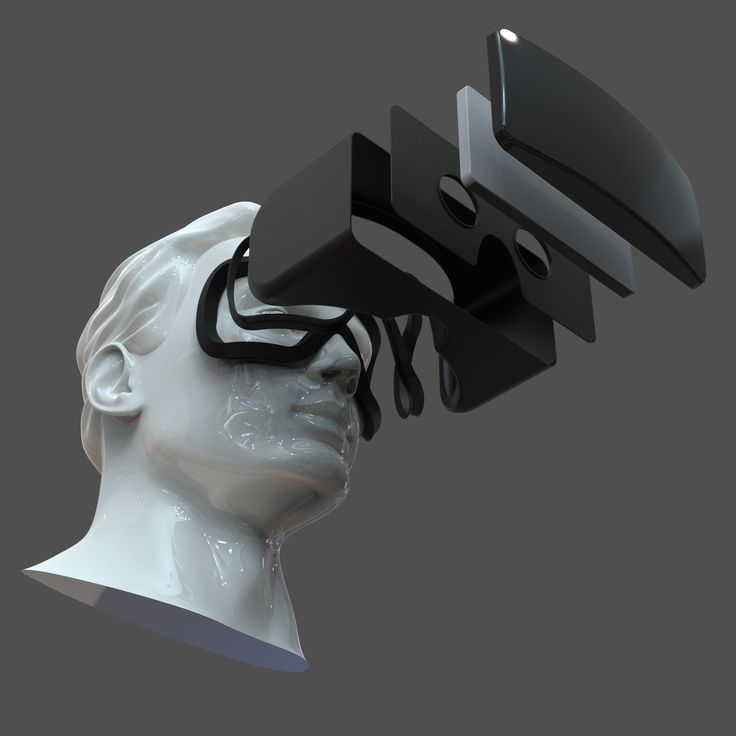 Here we've rounded up the best VR apps for artists - whether you want to draw and sculpt complete works of art, or model 3D characters, vehicles, and props for use in other apps.
Here we've rounded up the best VR apps for artists - whether you want to draw and sculpt complete works of art, or model 3D characters, vehicles, and props for use in other apps.
Google paved the way with the launch of their heavily inflated Tilt brush for the HTC Vive headset in 2015. But beyond the novelty of painting in the air, Facebook Quill was created to promote the motion picture. Oculus has tapped into character art with his experience in VR 3D modeling, Medium, and even Mozilla jumps in to create a basic drawing tool for the web. And Gravity Sketch has taken tools meant for automakers and made them available to 3D artists.
We'll take a quick look at these VR drawing and modeling tools so you know exactly what's on offer right now. While the same instruments aren't expensive, buying a headset and controllers will set you back a bit if you don't already own them. As we update this feature throughout the year, please let us know about any VR drawing tools you use.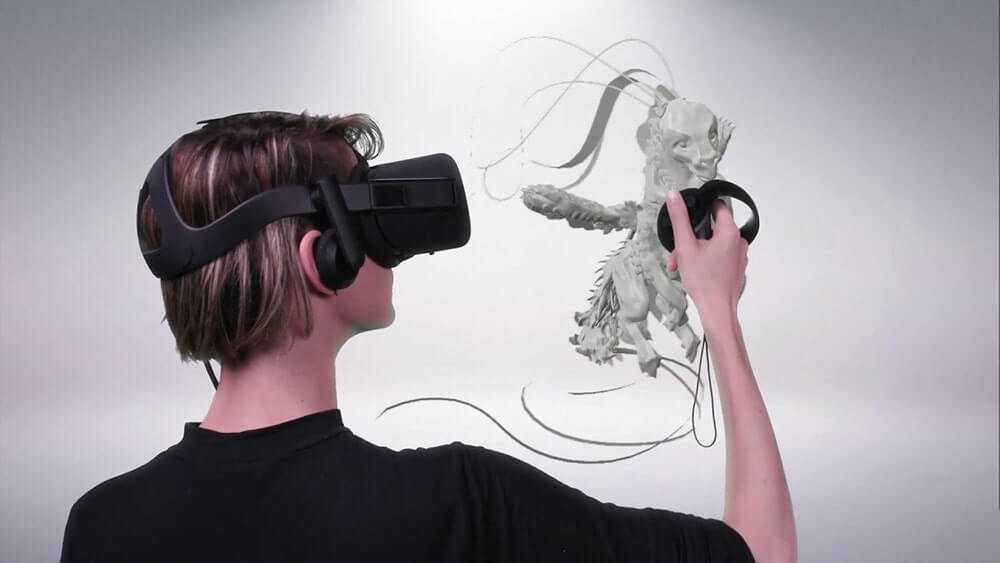
For more information on HTC Vive or Oculus Rift headset pricing and performance, check out the reviews below by our site advisor Tech Advisor.
Tools for drawing and modeling VR on HTC Vive and Oculus Rift
Content of Article
- 1 GOOGLE TILT BRUSH
- 2 Gravitational sketch
- 3 UNPHA
- 4, artist
- 40026
- 6 Oculus Medium
- 7 Mozilla A-Painter
Google Tilt Brush
There was a lot of buzz surrounding the release of the Google Tilt Brush app for the HTC Vive in 2015 (via Valve's Steam platform). Artists, painters, cartoonists, dancers and designers have been commissioned by Google for the Artist in Residence program. It's worth checking out the impressive designs posted on the Virtual Arts Blog. We ourselves asked illustrator Alex Moore to give him a reason and see if he justifies it.
We also discovered how the Tilt brush can be used not only for painting but for designing sets, as we saw at the Immersive Storytelling studio at the National Theater in London.
Tilt Brush allows professional artists or hobbyists to paint in 3D space inside the VR world using various brushes (such as ink, smoke, snow and fire) to create covers that you can interact with, walk around and share as VR masterpieces room scale or animated GIF.
The best part about the Tilt brush is that it works on both HTC Vive and Oculus Rift headsets. It costs £14.99 on both Steam and the Oculus Experience.
Gravity sketch
Gravity sketch starting as a VR sculpting tool for car and shoe designers but with its use for VR drawing and modeling as there is potential for finesse and strength for the models you create that aren't there from Google and Oculus tools.
You can draw a render in 3D space using smooth curves, then extrude surfaces into 3D space - or extrude when you draw a central access. You can grab and move points to adjust splines. And you can use both controllers together to create a surface, for example by pulling a ribbon through the air.
Gravity Sketch supports both Oculus Rift and HTC Vive headsets and works on both Mac and PC.
Learn more about the gravity sketch, including how ILM concept artist Jama Jurabaev uses it.
Unbound Alpha
Unbound Alpha is very new to the artistic VR playing field, only released in January 2018 and still considered "early access software" which basically means it's in development.
Using Unbound, artists can create 3D sculptures with other users, so you can create covers together. Unbound also says you can export your creations to OBJ files and 3D printers. Keep an eye on the app as it develops.
See what you can create in the video below.
Buy Unbound Alpha for £23.79. This is primarily for HTC Vive, but can work on all systems that support SteamVR as well as Oculus Rift. You can even use Unbound without a headset.
VR painting and modeling tools using HTC Vive
Substance Painter
Most of you are already familiar with Substance Painter, the reference texturing application for 3D animators and VFX studios.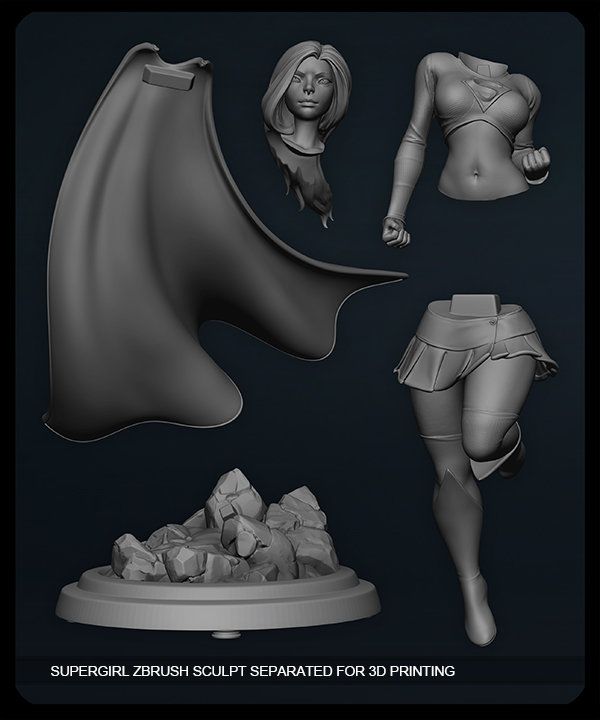 It can now be used on the HTC Vive headset.
It can now be used on the HTC Vive headset.
It's still treated as software, not an app, so it will cost you £118.99 to buy it from SteamVR, but it might cost that whole studio or agency that makes 3D modeling all the time .
VR drawing and modeling tools using Oculus Rift
Facebook Quill
Facebook's virtual reality illustration tool, Quill, now supports animation capabilities, including traditional frame by frame and animation brush.
Quill was originally born out of the Oculus Story studio created for the creative needs of writer/director Sascha Unseld and art director Wesley Allsbrook for their work on the illustrated film, Dear Angelica . The film screen at the Sundance Film Festival as the first fully animated experience in VR.
But after Facebook announced the closure of its Oculus VR division - Story Studio - last May, it has now updated the remaining Quill drawing tool for crisper and faster animation than what was achieved with Dear Angelica .
Quill is now a 3D animation tool and is designed to support line-by-line redraw, as well as copy and reposition animation and animation brush among other features.
See what you can create with the new tools.
Oculus Facebook resident Goro Fujita has created a new animated film, Beyond the Fence an impressive three weeks with new tools.
In addition to creating traditional frame animation, users will be able to reuse and modify existing strokes, as well as use the Animation Brush, which helps artists create particle effects such as animation and scribbled animation beats. For example, fire and smoke can be revived in just a few seconds.
Quill is free with Oculus Touch activation, otherwise it will cost you £22.99 off the Oculus experience.
Quill offers the opportunity to work in watercolor, pencil, oil painting and comic format among others.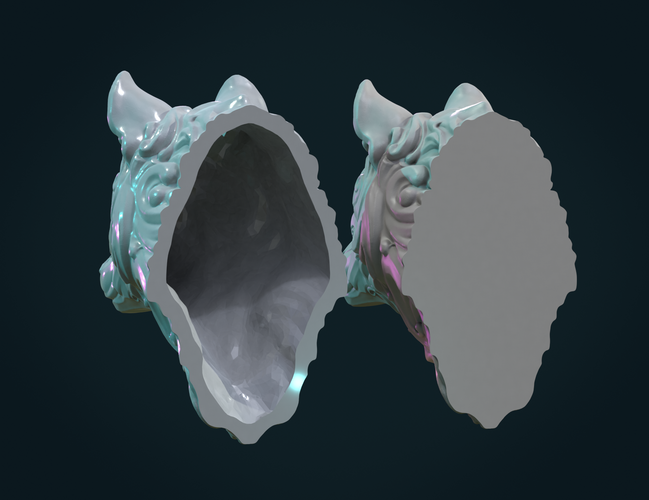 Artists can experiment with brushes and brush strokes that are sensitive to subtle pressure from touch controllers. Flip through layers to tell a story and manipulate reference images and sound files. To export the work, users can choose from high-resolution snapshots, 360 photos and animated GIFs, or 360 video-enabled videos.
Artists can experiment with brushes and brush strokes that are sensitive to subtle pressure from touch controllers. Flip through layers to tell a story and manipulate reference images and sound files. To export the work, users can choose from high-resolution snapshots, 360 photos and animated GIFs, or 360 video-enabled videos.
Quill is now offered as an Oculus Experience for £22.99.
Oculus Medium
The Oculus Medium may be more appealing to character artists or those aspiring to become one.
The VR tool allows a single user to sculpt, model, draw and create objects in a VR environment using the Oculus Touch controllers next to the Oculus Rift.
Users can choose from hundreds of prefabricated stamps to help create complex structures or export high quality images for 3D modeling and printing. Prefabricated stamps include anatomy, letters, numbers, primitive shapes and various widgets. Oculus also has a community site where artists can save and share sculptures and their work.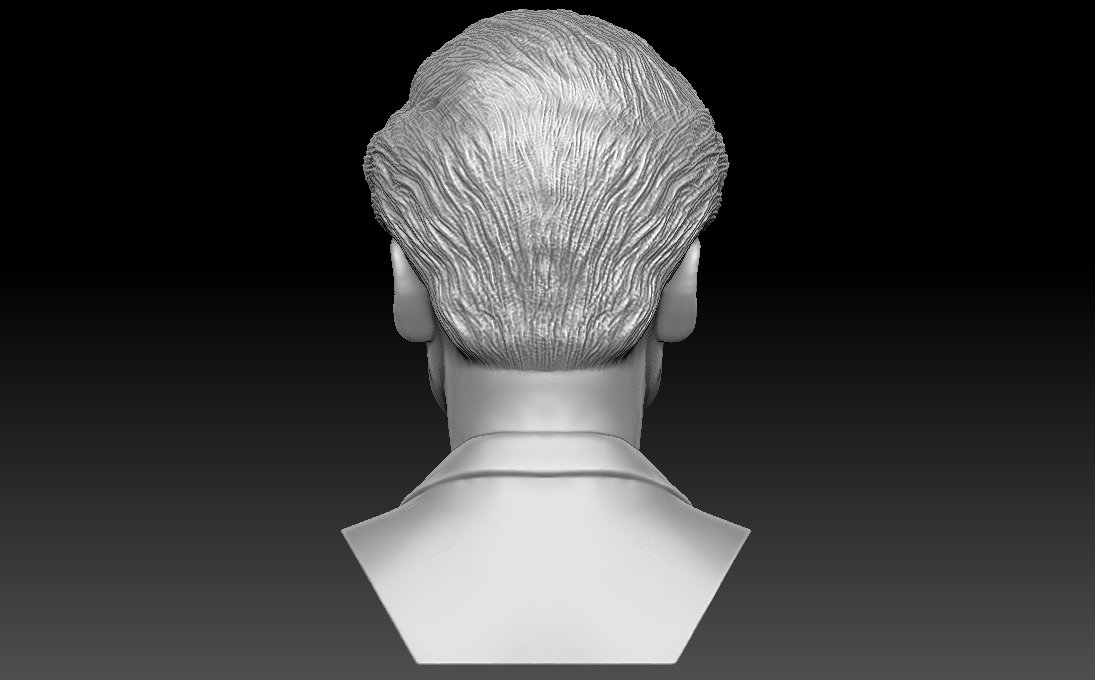
While building models may seem daunting for those who have never done it before, let alone grasp the idea inside a VR platform, Oculus encourages anyone to try Medium. There are guidelines and a help forum, as well as a detailed tutorial offered when using Medium for the first time. Its latest update from 2018, Medium 2.0, will appeal to the more experienced, albeit offering, as basic sculpting features do, such as layer leveling, mesh snapping, and multiple lighting.
2.0 also introduces a new file management system, scene graph, and main user interface that allows for faster and more intuitive navigation of instruments, settings, and environment options. This basically means that artists can spend more time in creative flow, idealization and production.
The latest medium iteration is available as an Oculus experience for £22.99. Potential users should note that the new 2.0 update requires Windows 10 as part of the updated Rift Recommended and Minimum Specs.
VR Web Tools
Mozilla A-Painter
A-Painter is not a VR app, but Mozilla's web-based interpretation of the Tilt Brush.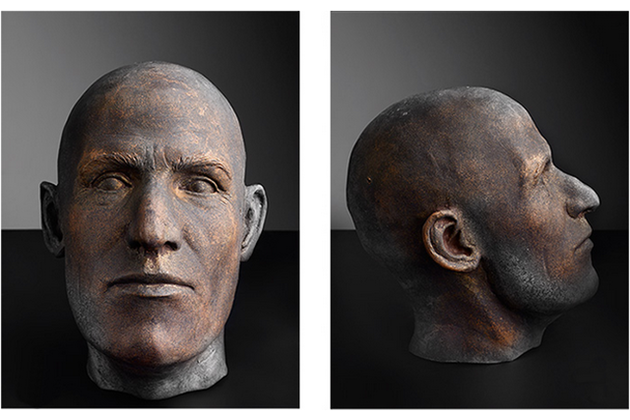 Mozilla VR (MozVR) explains in a blog post that A-Painter is an example of how artists can paint using VR online across platforms without installing software. However, you will still need an HTC Vive headset and controllers, as well as a Windows operating system, to take full advantage of A-Painter's capabilities.
Mozilla VR (MozVR) explains in a blog post that A-Painter is an example of how artists can paint using VR online across platforms without installing software. However, you will still need an HTC Vive headset and controllers, as well as a Windows operating system, to take full advantage of A-Painter's capabilities.
To use A-Painter, make sure you have a WebVR-enabled browser (with Google Chrome Canary enabled) before visiting the website. If you don't have an HTC Vive headset, you can browse other artists using your mouse and keyboard, or even your mobile phone.
Artists limited to 3D illustration paintings with a choice of over 30 brushes. Draw over other people's drawings or import images and OBJ models from your desktop into your browser. Artists can save and load local binaries of their illustrations.
. The advantages of this VR web browser are the ability to create a custom brush (although this involves coding) and viewing 3D drawings without a headset.
A-Painter is a bit of a bot, and maybe more for those with a general understanding of coding or who want to play around with a simple VR painting tool without having to purchase an app. This is part of all VR web content from the Mozilla VR team available for Oculus Rift and HTC Vive.
This is part of all VR web content from the Mozilla VR team available for Oculus Rift and HTC Vive.
3D Modeling Rules for 3D Printing
It is known that a prerequisite for 3D printing is the presence of a 3D model, according to which the printer will grow a three-dimensional object. But, even after simulating an object, you should not assume with absolute certainty that the job is done, and soon the printer will give you the finished product. The fact is that not all models are suitable for 3D printing. There are certain requirements for the dimensions, thicknesses and design of models - and these requirements vary depending on the material used and the printer. In addition to these individual characteristics, there are general requirements that distinguish print models from other 3D models. And now we will talk in more detail about how to prepare a model for 3D printing.
First of all, you need to remember that STL files (for one-color models) and WRL (for color plaster 3D printing) are suitable for 3D printing. Almost all 3D modeling programs allow you to export models to STL, so this should not be a problem. You should also take into account that for online download on our website, files no larger than 50 MB each are accepted, as well as an extended list of formats that are automatically exported to STL: STP, STEP, OFF, OBJ, PLY and directly STL. If the file size is more than 50 MB, then you need to send the model to our email address: [email protected]. By the way, one of the easiest ways to reduce the volume of the model and the file size is to create hollow 3D models, we already wrote about how this works in our blog.
Almost all 3D modeling programs allow you to export models to STL, so this should not be a problem. You should also take into account that for online download on our website, files no larger than 50 MB each are accepted, as well as an extended list of formats that are automatically exported to STL: STP, STEP, OFF, OBJ, PLY and directly STL. If the file size is more than 50 MB, then you need to send the model to our email address: [email protected]. By the way, one of the easiest ways to reduce the volume of the model and the file size is to create hollow 3D models, we already wrote about how this works in our blog.
Before you start creating a model for 3D printing, it is important to understand what material you want to print the product from. Each material has its own individual characteristics for 3D modeling - maximum and minimum model dimensions, wall thicknesses, distance between moving parts, etc. You can learn more about the requirements for a particular material in the appropriate section on our website.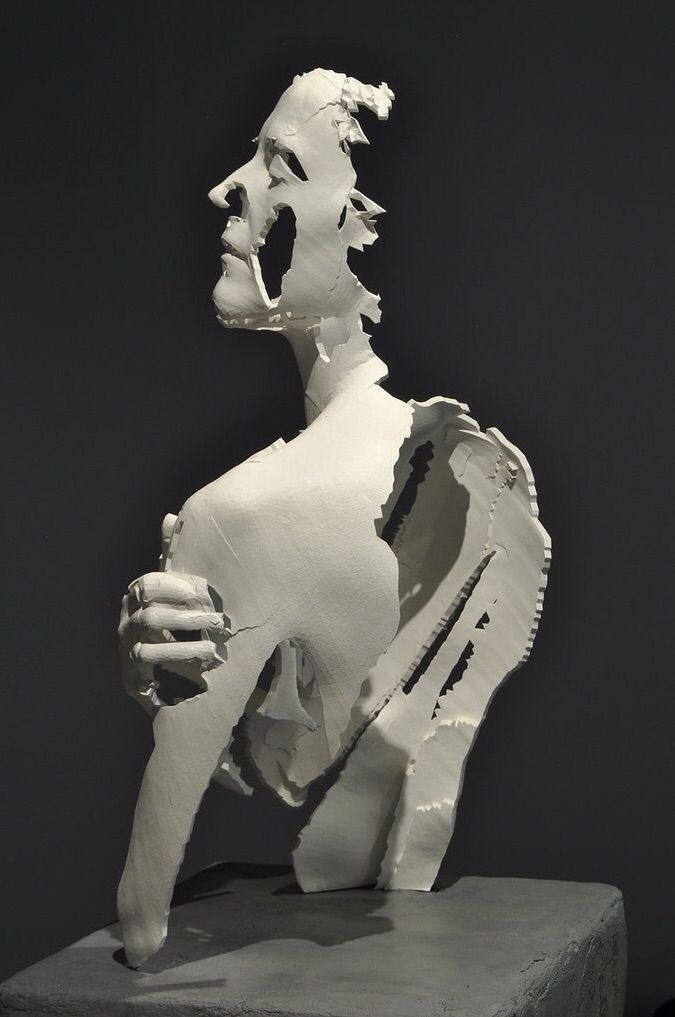
If you use the online model upload on our website, it will automatically check for standard 3D modeling errors. Models are checked instantly, and if errors that prevent 3D printing were not found, then immediately after uploading the model will appear in your personal account in the "My Models" section. If the model did not pass the test, then you will see a notification that the file cannot be loaded, then you will need to check and refine the model again.
What are the most common errors encountered when modeling for 3D printing?
- Inverted normals - incorrectly oriented normals. Normals should always point outward, they define the boundaries of the object and allow the 3D printer software to understand which is the inside and which is the outside of the model. If at least one of the normals is directed in the opposite direction and contradicts the other normal, then this causes a failure in 3D printing, since the printer cannot distinguish between the front and back sides of the object.

- Non-manifold geometry - Non-manifold 3D model is a prerequisite for 3D printing. The essence of this concept is that each edge of a 3D model must have exactly two faces.
The following errors are usually included in this concept:
o Mesh with holes - "unclosed" mesh problem. Remember the basic rule of 3D modeling: your model must be "watertight" or "airtight". If a hole is formed, it means that some edge is missing one face, therefore the model is not manifold, and therefore not suitable for 3D printing.
o Presence of internal polygons. There must be no faces inside the model, for example inside walls.
o Common ribs. An error occurs when more than two polygons are attached to the same edge. Each edge in your 3D model should connect only two adjacent faces.
o Matching edges. Occurs when two separate edges are created at the same location and are not connected at the same time, such edges must be merged into one common edge.